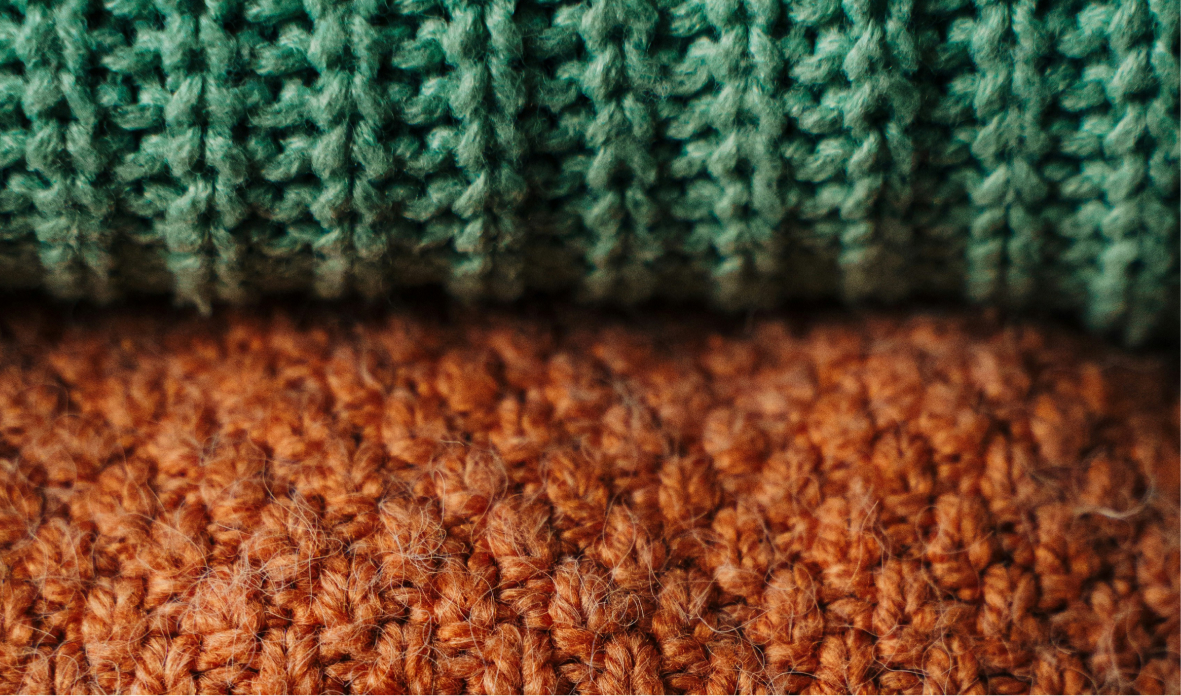Why Are So Many Workout Clothes Made of Plastic?

Join the community





Do you have a favorite workout outfit? One that's stretchy, durable, and survives countless washes? Perhaps it wicks sweat so well that you can't imagine hitting the gym without it?
If something like this comes to mind, take a moment to check its label. You'll likely find synthetic fibers like polyester, acrylic, and nylon listed. These materials are go-tos for giving workout clothes their desirable qualities.
Synthetic Fabrics in Workout Clothes
Synthetics are made from plastic, and plastic excels at certain things. It's water-resistant and stretchy, which are crucial for workout clothes. When you see "sweat-wicking properties" on a pair of tights, it's usually because they contain synthetic materials like polyester. These fabrics keep you dry during intense workouts. They're also durable, maintaining their shape even after repeated stretching and washing. This is why synthetics dominate the athletic wear market.
But some natural materials can also provide similar benefits. For example, merino wool and bamboo fabric offer excellent moisture-wicking properties and odor resistance. Brands like Pact and MATE the Label are pioneering the use of these sustainable alternatives in workout gear, proving that performance doesn't always have to come from plastic-based materials.
{{cta-join2}}
Health Impacts of Synthetic Clothes
Synthetic fabrics in workout clothes release microplastics. These tiny particles can enter your body through skin contact, especially when you're sweating. They might carry harmful chemicals with them.
Your gym gear could also contain PFAS, or "forever chemicals." These don't break down easily and can build up in your body. Some studies link PFAS to hormone issues, weakened immunity, and increased cancer risk.
Other additives like phthalates and bisphenols might be lurking in your workout clothes too. When you sweat, these chemicals can seep out and get absorbed through your skin. Early research suggests they might mess with your thyroid, hormones, and nervous system.
While we're still learning about the full impact of these substances, it's smart to limit your exposure and rethink your favorite workout outfit.
How to Avoid Synthetic Fabrics?
If you have synthetic workout gear in good condition, don’t rush to toss them just yet. There are ways to minimize microplastic release. Washing at cooler temperatures (around 86°F or 30°C) can significantly reduce the breakdown of fibers. Warmer water tends to weaken fabrics, causing more microplastics to shed.
When possible, air-dry your workout clothes. Tumble drying not only weakens fibers but also releases microfibers into the environment. It's a double win for your clothes and the planet.
When updating your workout wardrobe, prioritize natural fibers. Seek options with high percentages of natural materials and minimal synthetic fabric. The most sustainable natural materials are GOTS-certified organic cotton, hemp, or TENCEL™ Lyocell. These fabrics provide the performance you need without the potential health risks associated with synthetics.
Check out these 6 Plastic-Free Workout Brands That Skip Synthetics









.png)


